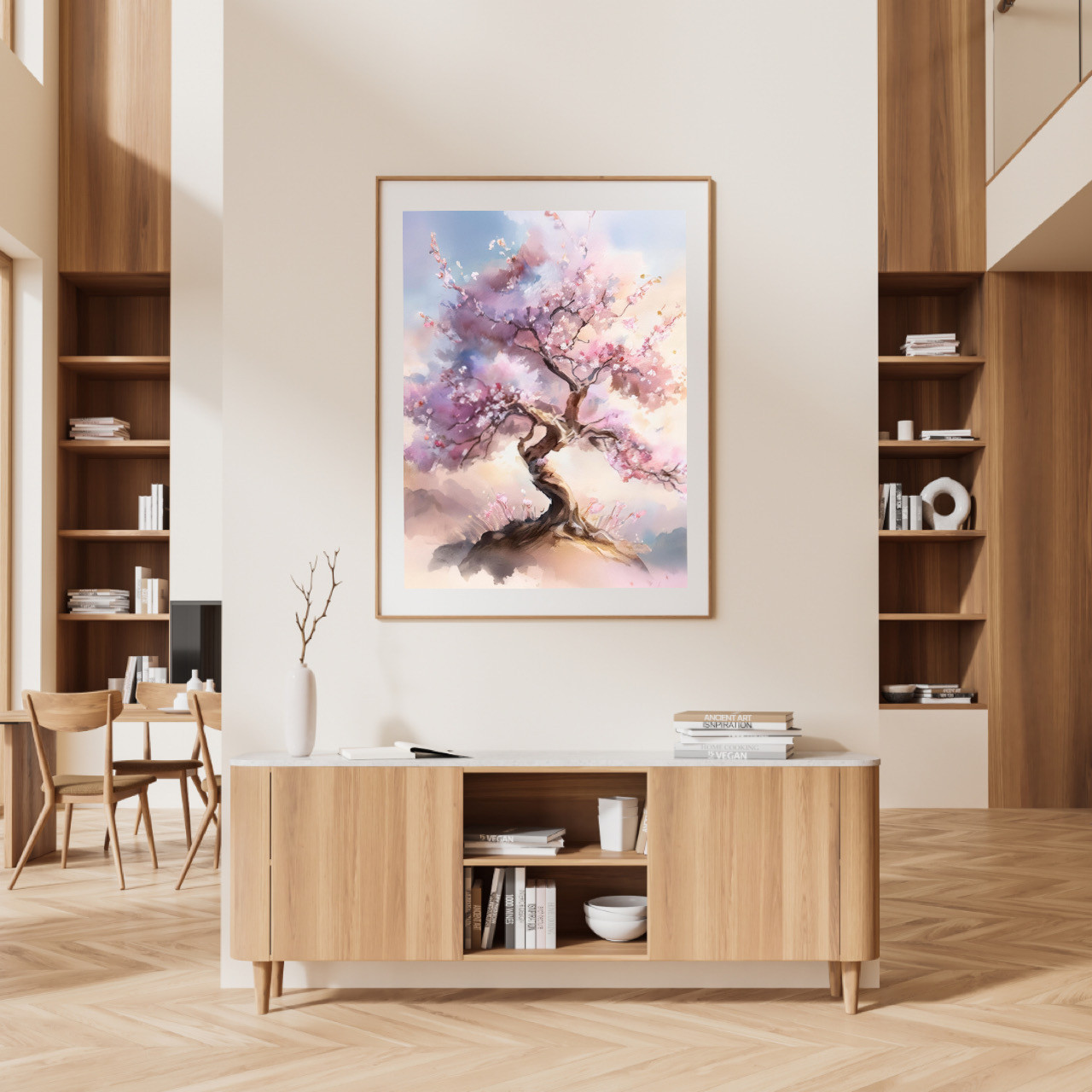Engawa(縁側)
- MALT INCORPORATED

- 2月14日
- 読了時間: 1分
更新日:2月15日

An "engawa" is a unique feature of traditional Japanese houses (minka) – a narrow space that bridges the interior of the home with the garden.
Key Characteristics
Wooden Flooring: The floor is typically made of wood planks, often slightly lower than the level of the tatami-matted rooms.
Openness: It faces the garden, creating an open and airy space.
Versatility: Used for a variety of purposes, such as a relaxation area, a place to dry laundry, or a play area for children.
Types of Engawa
Nure-en: An engawa that faces the outside and may be exposed to rain.
Hiro-en: An engawa that faces the interior of the house, often serving as a corridor.
Benefits
Natural Light and Ventilation: Allows natural light to enter the home and improves air circulation.
Connection to Nature: Creates a seamless transition between the interior and the garden, enhancing the feeling of being connected to nature.
Multipurpose Space: Can be used for various activities, such as resting, working, or entertaining.
Drawbacks
Temperature Fluctuations: Being exposed to the outside, it can be affected by changes in weather.
Maintenance: Requires regular maintenance to prevent wood rot and deterioration.
While modern homes may not always have an engawa, its charm and functionality continue to be appreciated by many. If you have the opportunity, I encourage you to visit a traditional Japanese house with an engawa to experience its unique appeal.





コメント